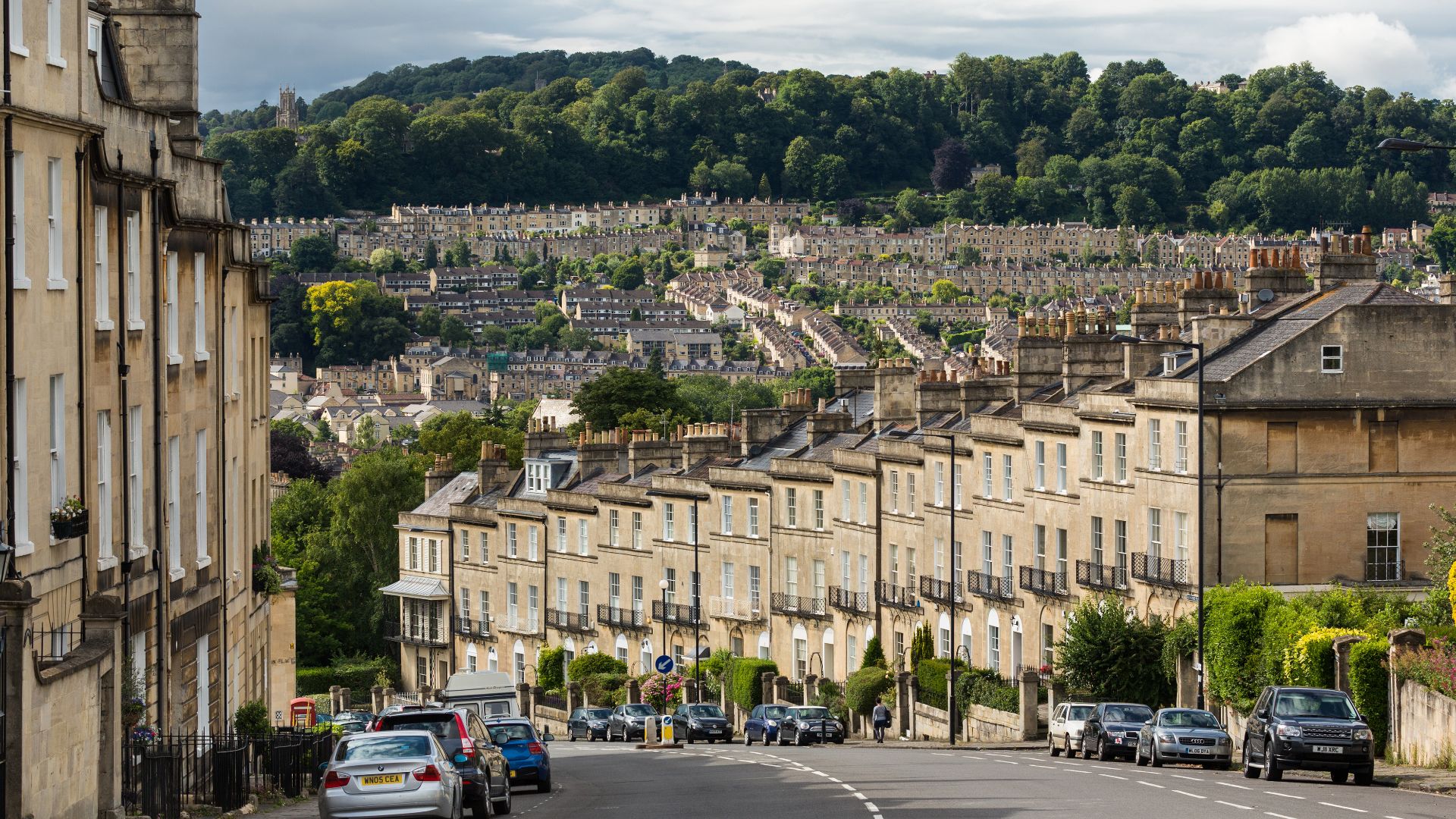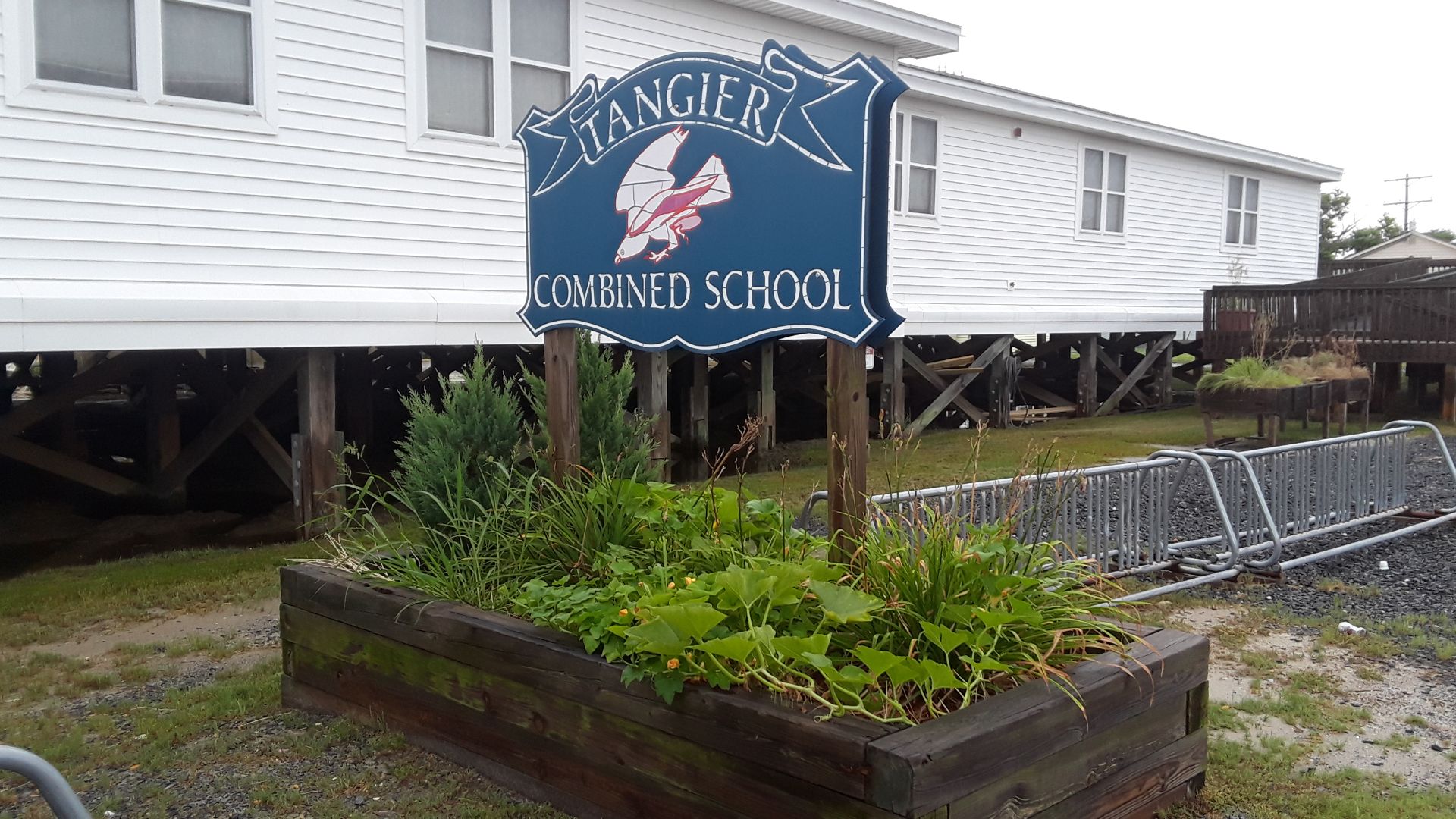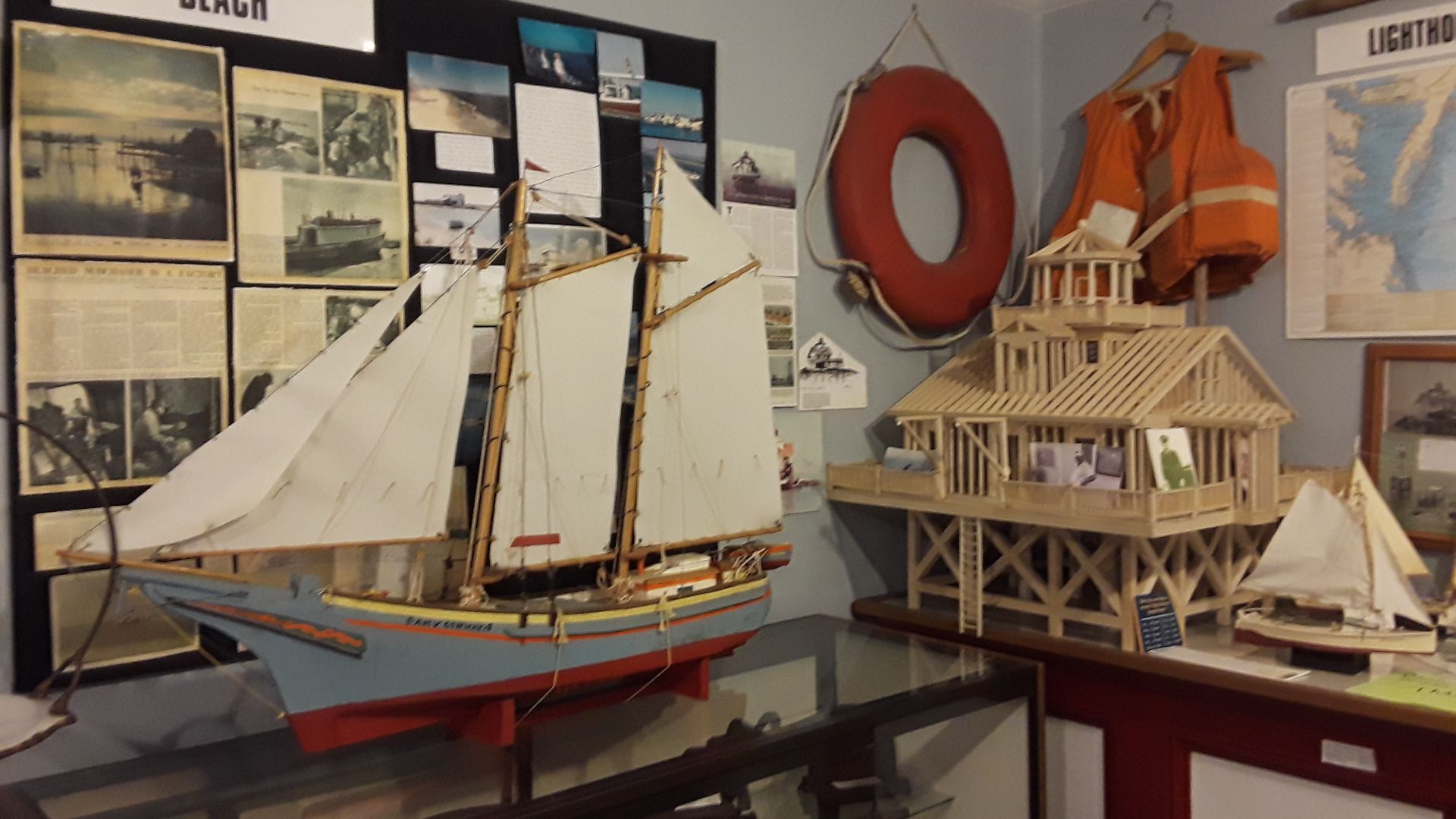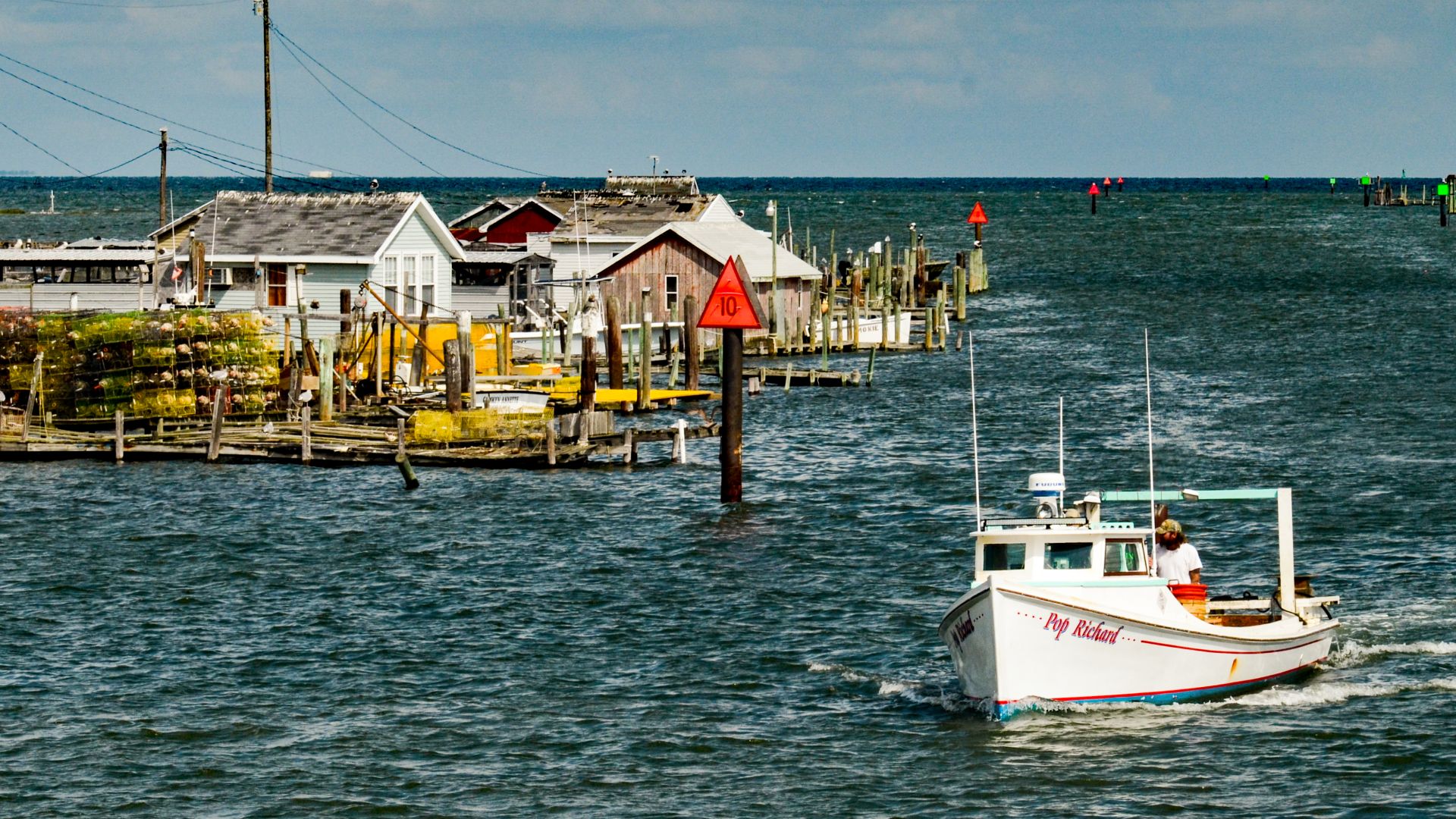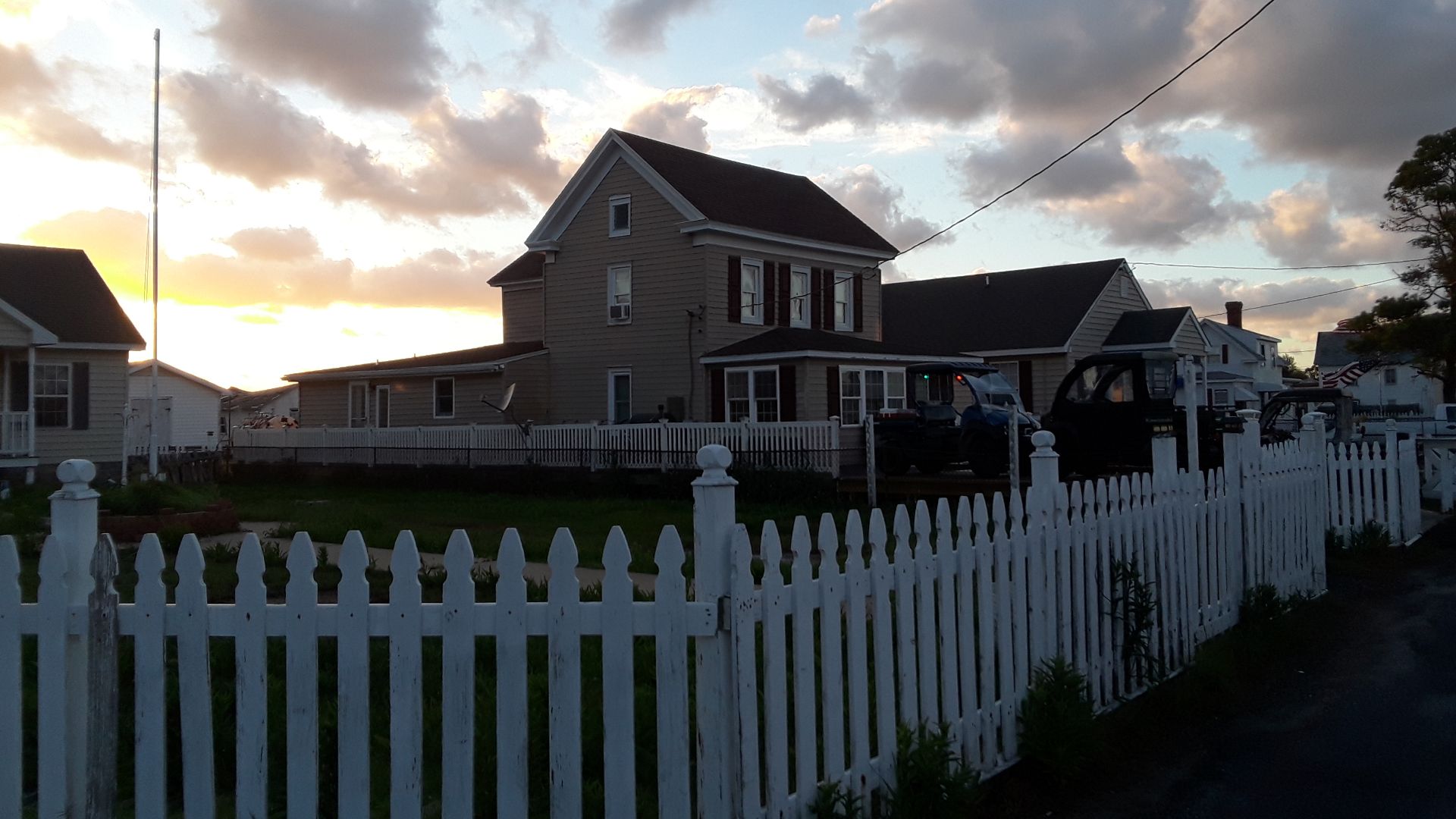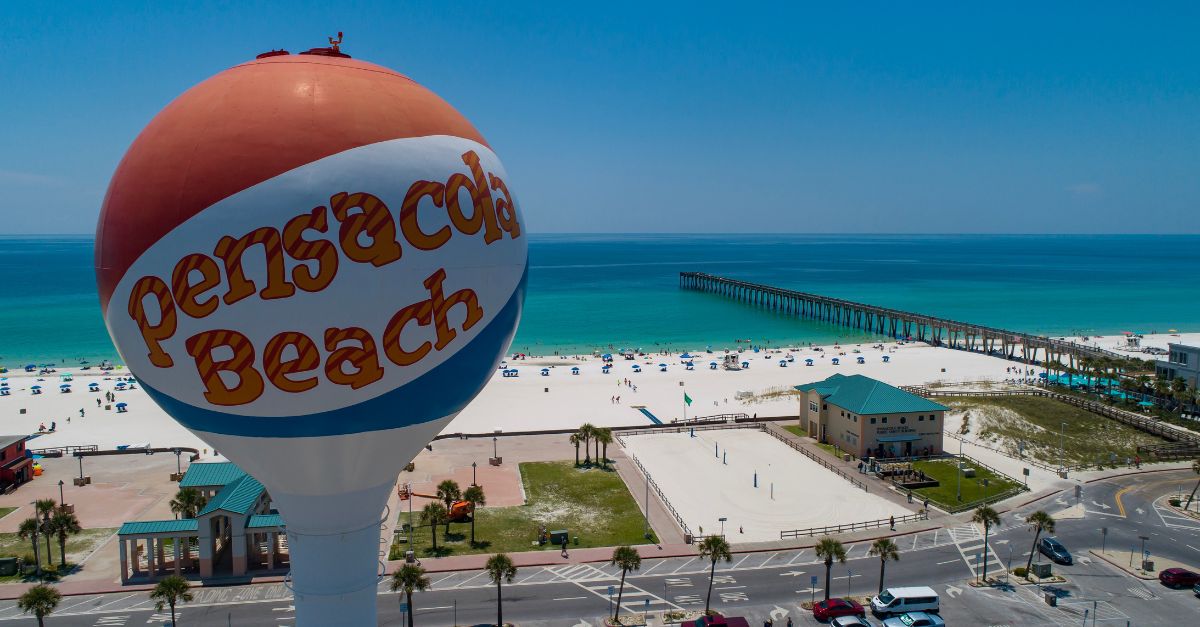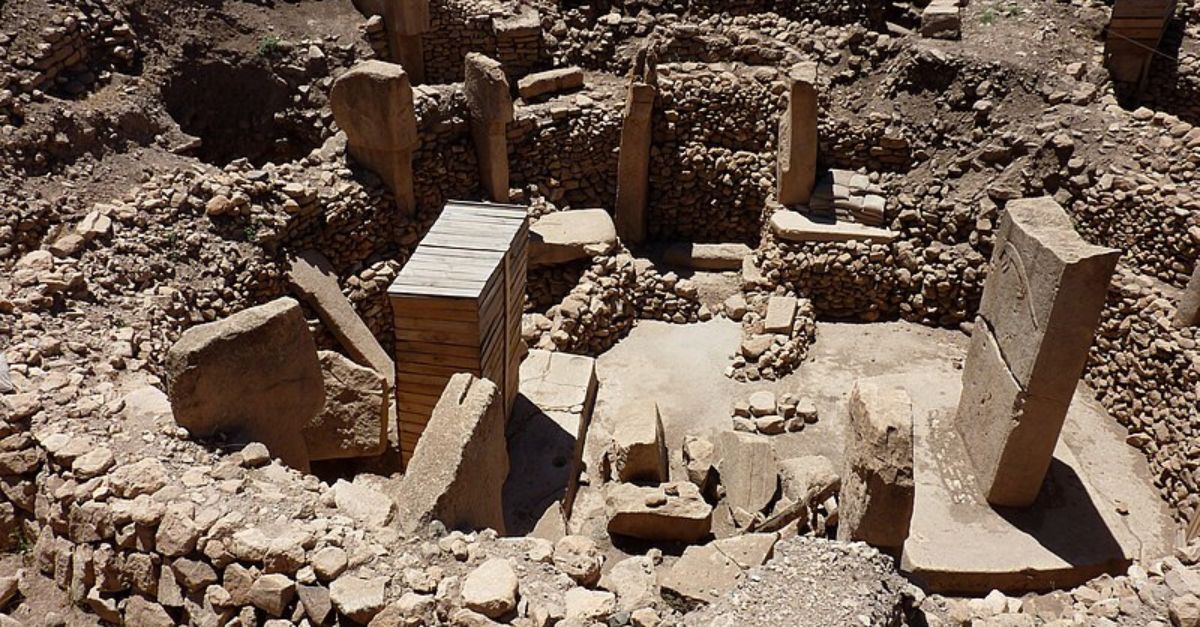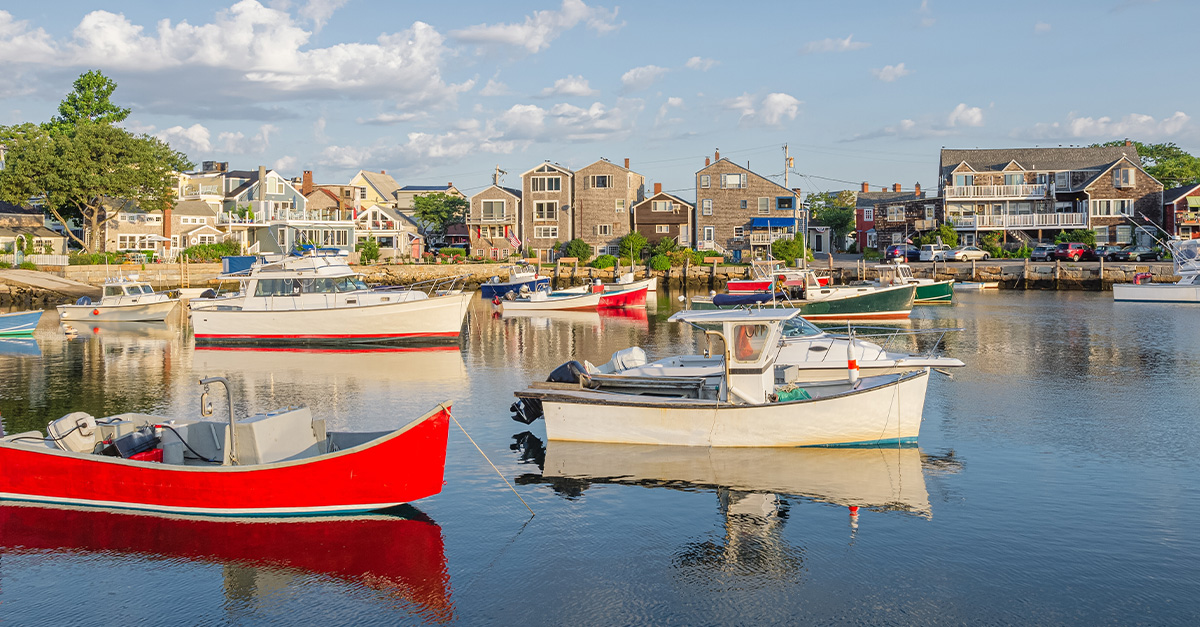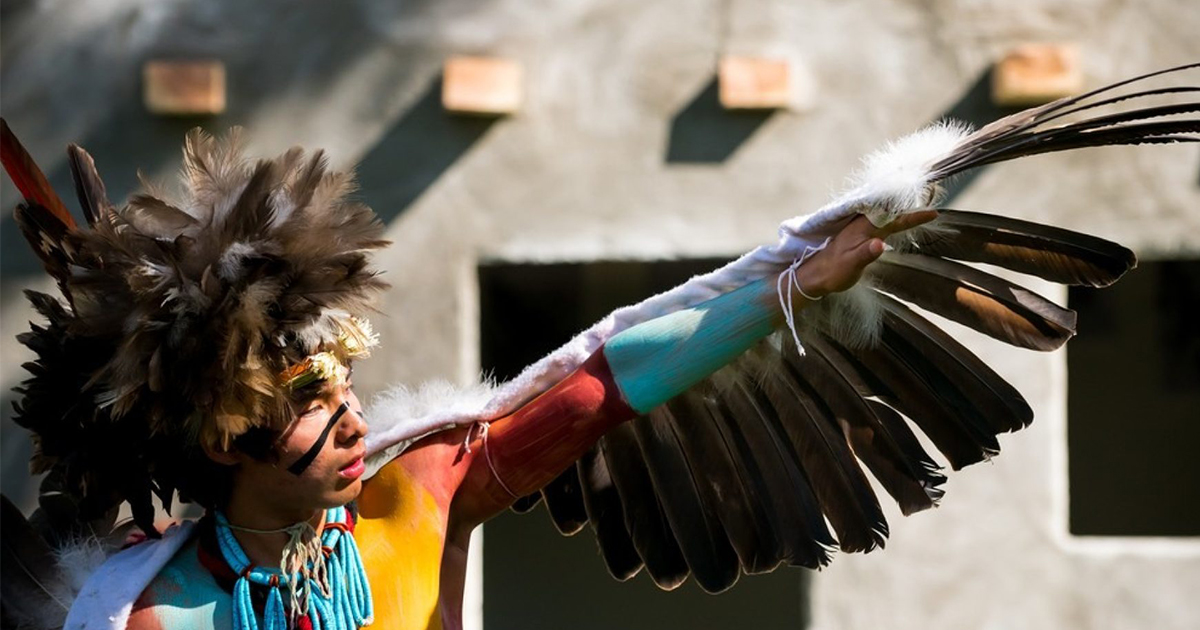A Dialect Passed Down Generations
The world outside changes fast, but Tangier Island’s speech doesn’t. Every conversation reminds you that some traditions find their own way to stick around.
Isolation’s Role In Preserving History
Separated from the mainland by twelve miles of water, Tangier has grown with little outside influence. That isolation fosters trust—doors stay unlocked—and preserves a dialect untouched by urban life. In this seclusion, both language and community bonds remain remarkably intact.
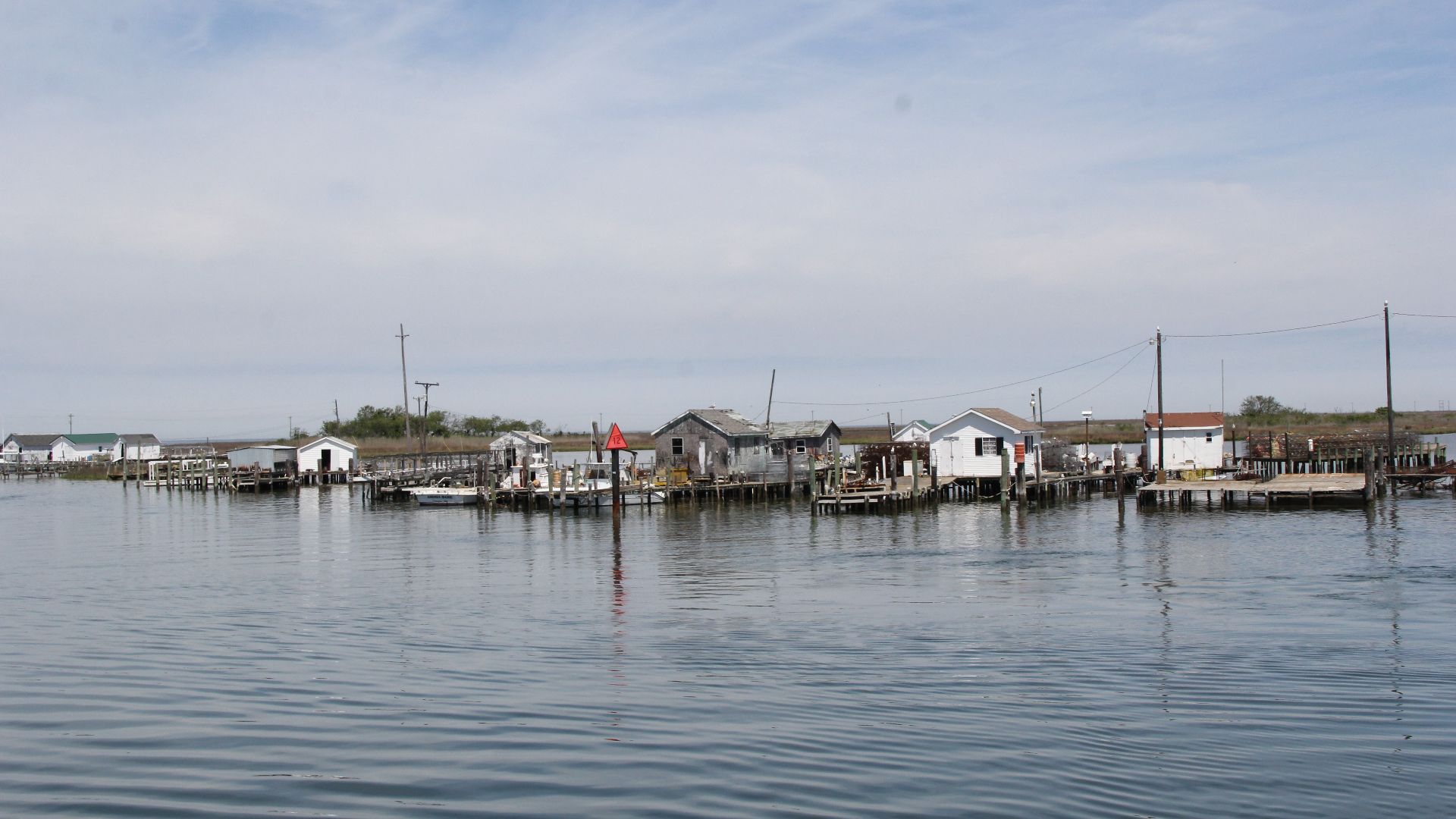 Eli Christman from Richmond, VA, USA, Wikimedia Commons
Eli Christman from Richmond, VA, USA, Wikimedia Commons
Early Settlement Roots
Tangier Island’s story begins in 1608, when Captain John Smith first mapped its marshes during his Chesapeake explorations. Permanent settlement came later, around 1686, when Cornish families laid roots. Those settlers brought dialects and traditions that would remain remarkably intact through centuries of geographic separation.
 Book by Capt. John Smith, engraver uncertain, Wikimedia Commons
Book by Capt. John Smith, engraver uncertain, Wikimedia Commons
War Of 1812 Legacy
During the War of 1812, British troops briefly occupied Tangier Island, using it as a base for raids along the Chesapeake. Islanders lived alongside soldiers, who left behind a complicated legacy that still threads through local folklore and family stories today.
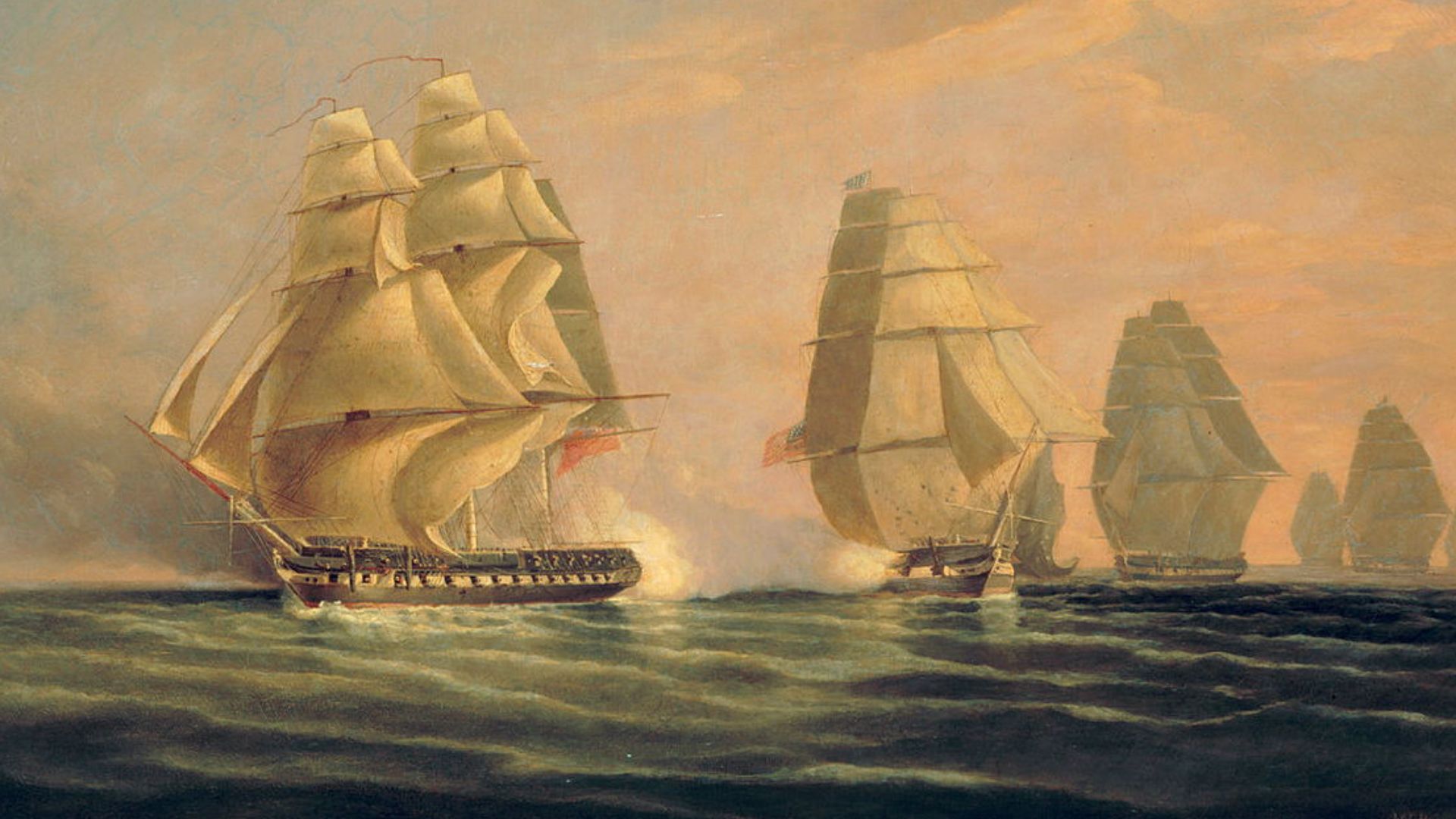 William James Huggins, Wikimedia Commons
William James Huggins, Wikimedia Commons
Maritime Lifeblood In The 1800s
By the nineteenth century, Tangier was thriving as a crabbing and oystering hub. Its shallow surrounding waters supported a booming fisheries industry, making seafood the community’s mainstay. Families constructed crab shanties along the shoreline, and the island developed a reputation as one of the Chesapeake’s most reliable seafood suppliers.
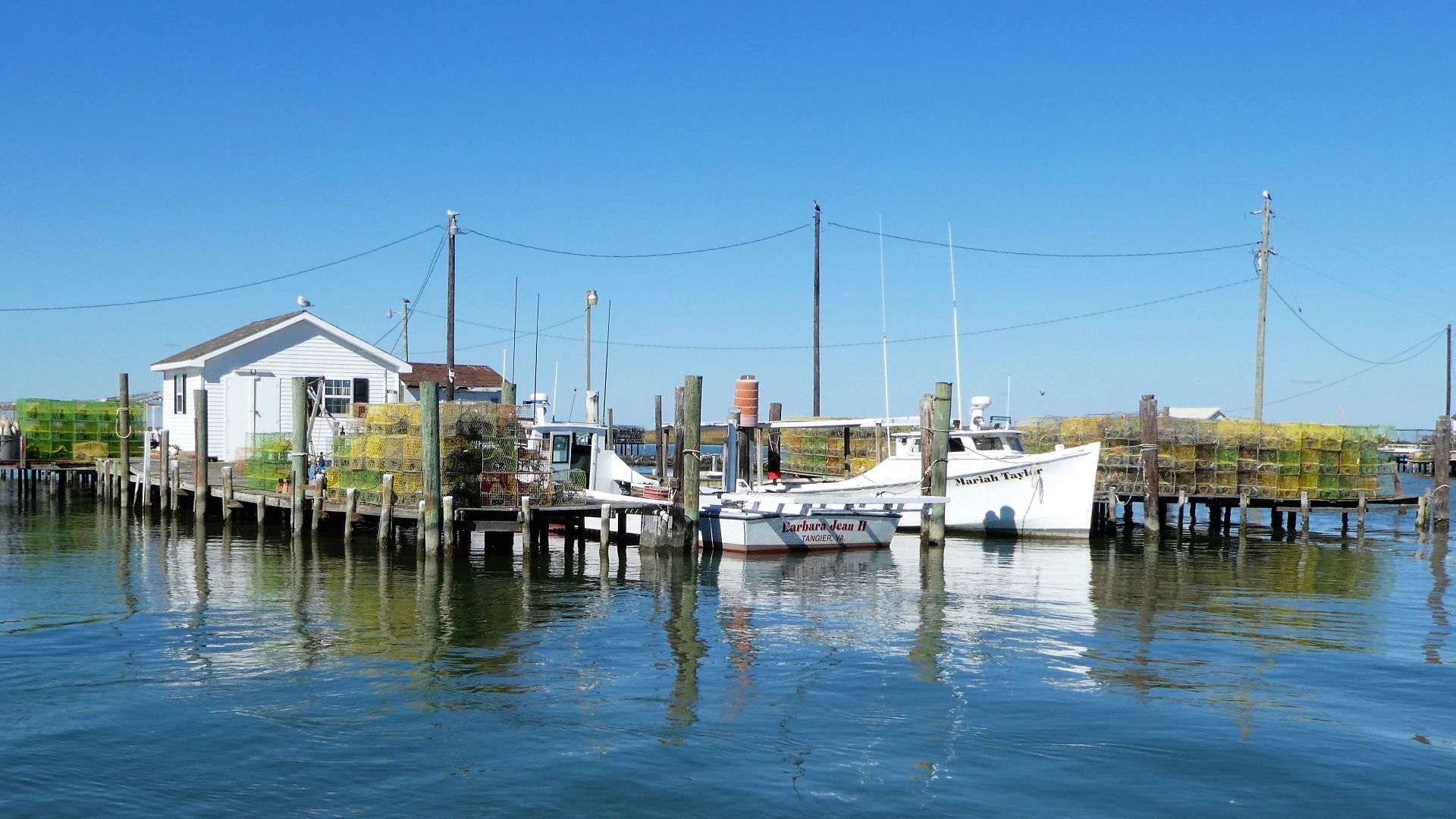 Stabbur's Master, Wikimedia Commons
Stabbur's Master, Wikimedia Commons
A Faith-Driven Community
Religion shaped much of Tangier’s history. Methodist missionaries arrived in the 1800s, finding eager converts among watermen and their families. Churches quickly became central to island life, even serving as centers for decision-making, education, and preserving the values passed down from colonial ancestors.
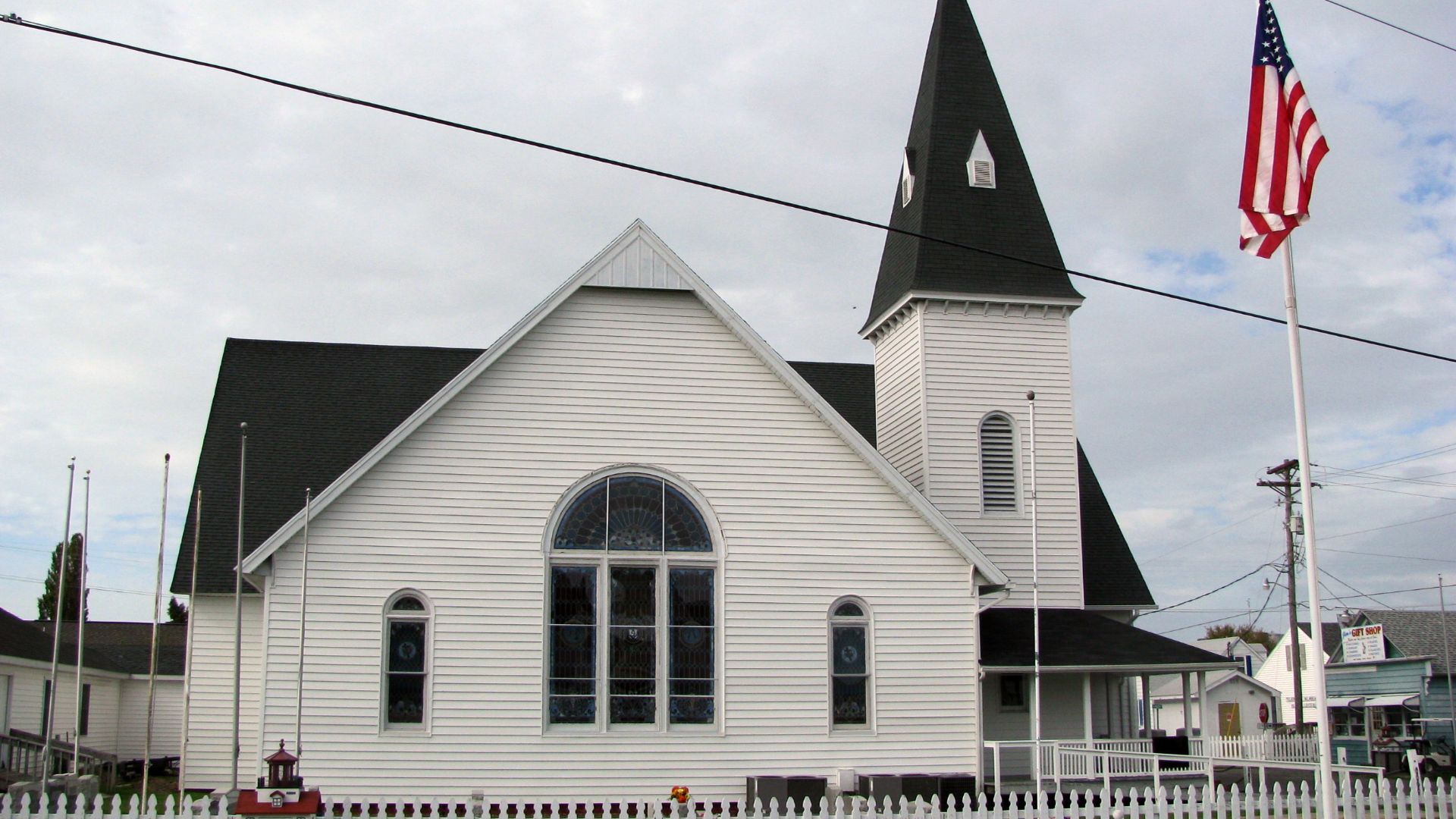 baldeaglebluff from Bald Eagle Bluff, USA, Wikimedia Commons
baldeaglebluff from Bald Eagle Bluff, USA, Wikimedia Commons
Roots In Cornwall And Devon
The Island’s dialect has clear ties to southwestern England, especially Cornwall and Devon. Early settlers from these regions carried their brogue across the Atlantic. Over centuries of isolation, that Cornish-Devon lilt hardened into local speech patterns still heard in phrases and pronunciations today.
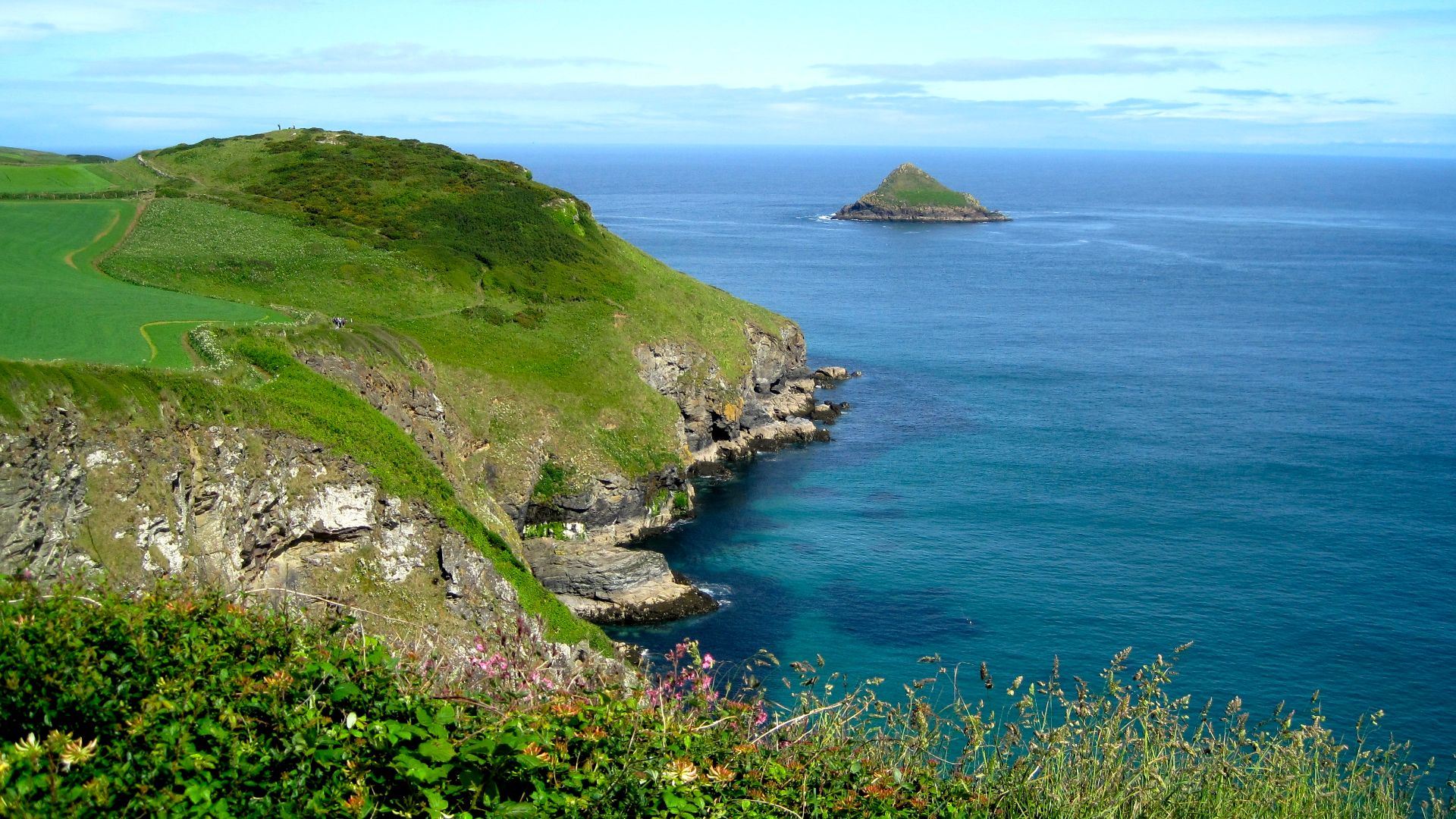 Bill McBee squam_lake, Wikimedia Commons
Bill McBee squam_lake, Wikimedia Commons
Echoes Of The West Country
It starts with the distinctive elongated vowels and rounded tones that resemble those of England’s West Country. Linguists point out that words like “crowd” and “down” sound much like their seventeenth-century counterparts from Somerset and Dorset, providing a living echo of accents long since softened in Britain.
Blending Southern American Influences
While Cornish and West Country English laid the foundation, Tangier speech also absorbed nearby Chesapeake influences. Over time, a Southern drawl blended with those older sounds to create a hybrid dialect. The result is a speech pattern both familiar to Virginians and strikingly archaic to visiting linguists.
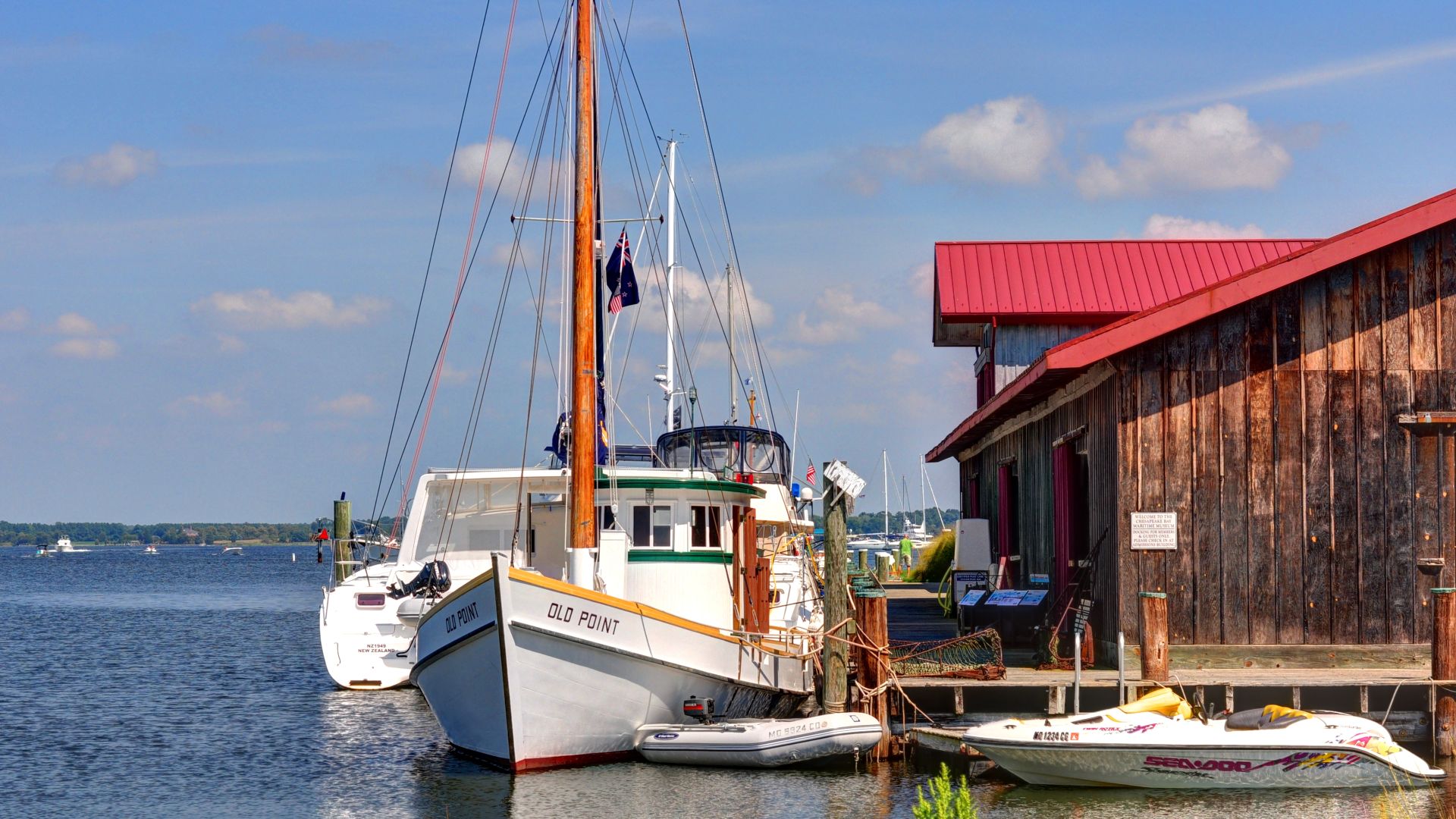 miketnorton, Wikimedia Commons
miketnorton, Wikimedia Commons
Documenting The Dialect
Linguists like David Shores have recorded Tangier’s unique speech for decades. Their fieldwork reveals stretched vowels and expressions like “have the meebs”. This research preserves a fragile dialect to offer scholars a living window into centuries-old English.
 Gage Skidmore from Peoria, AZ, United States of America, Wikimedia Commons
Gage Skidmore from Peoria, AZ, United States of America, Wikimedia Commons
The Art Of Talking Tangierian
Tangier Islanders use quirky expressions rooted in 1600s British English. These linguistic quirks—shaped by Cornish settlers—add color to everyday speech while connecting families to their ancestral past.
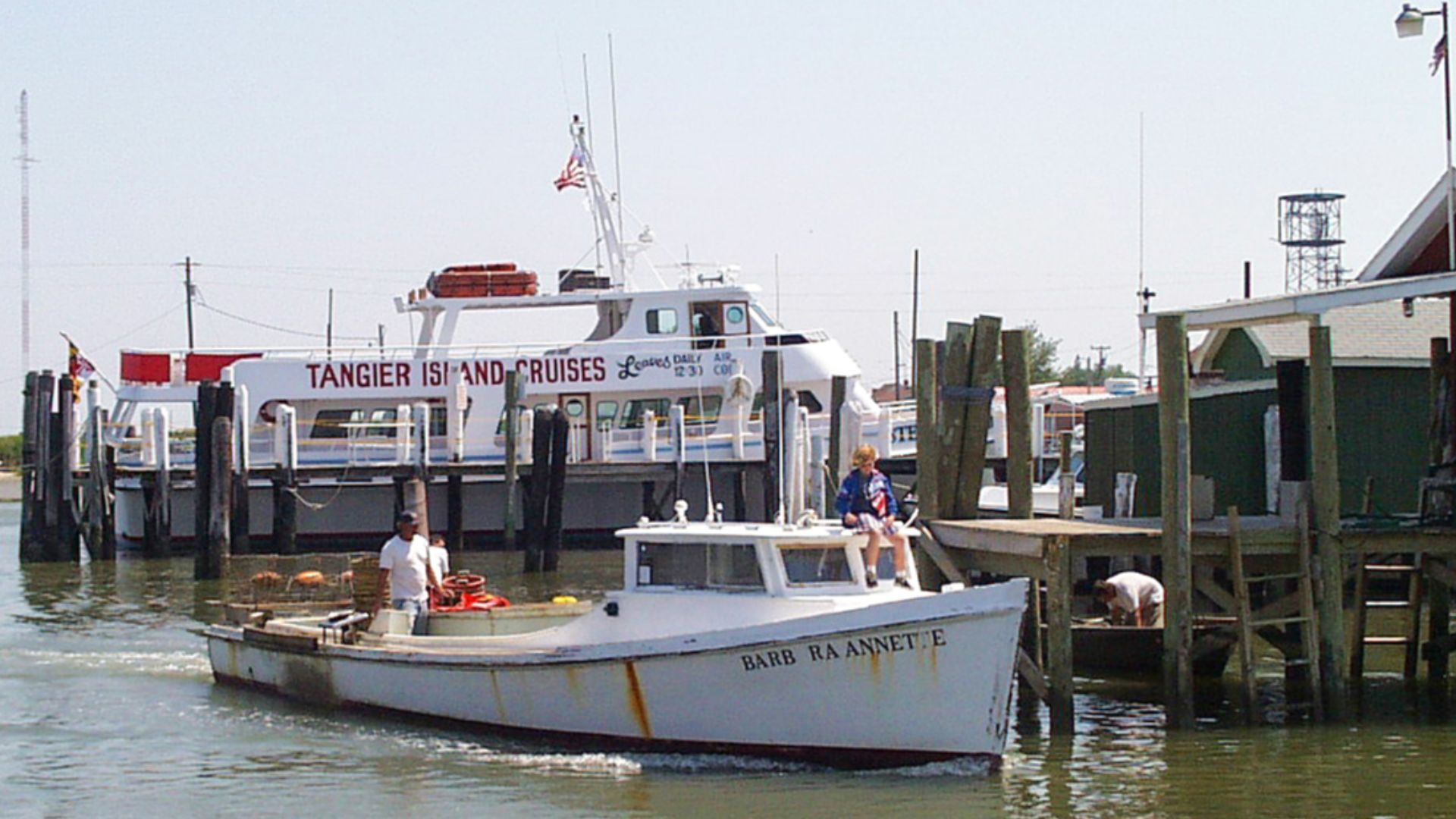 Gordon Leggett, Wikimedia Commons
Gordon Leggett, Wikimedia Commons
Modern Conveniences Meet Colonial Speech
Islanders check emails, watch TV, and even use smartphones, yet their speech still carries centuries-old phrases like “spar grass” for asparagus. This blend of modern life and archaic language creates a cultural paradox. Old and new coexist seamlessly in daily conversations.
Medical Care At A Distance
Tangier’s remote setting presents a significant challenge to healthcare. A small clinic handles daily needs, but emergencies often require boat or air transport to the mainland. If you get an allergic reaction or something serious happens, your ambulance is either a helicopter or a speedboat.
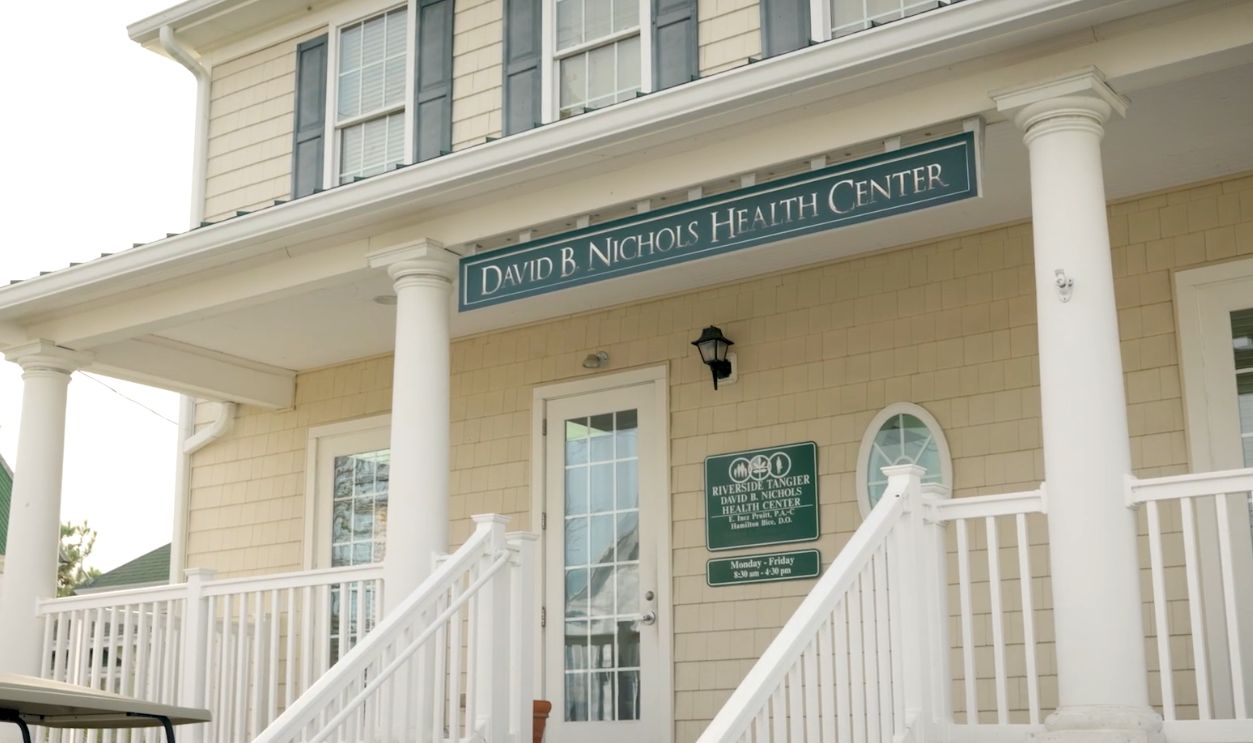 Riverside in the Community with Tangier Island Medical Center by Riverside Health
Riverside in the Community with Tangier Island Medical Center by Riverside Health
Generational Knowledge Transfer
Much of Tangier’s identity survives through storytelling. Elders pass down expressions, fishing techniques, and recipes by word of mouth. These exchanges, often over crab-picking tables or church gatherings, help preserve traditions that textbooks or formal schooling could never fully capture.
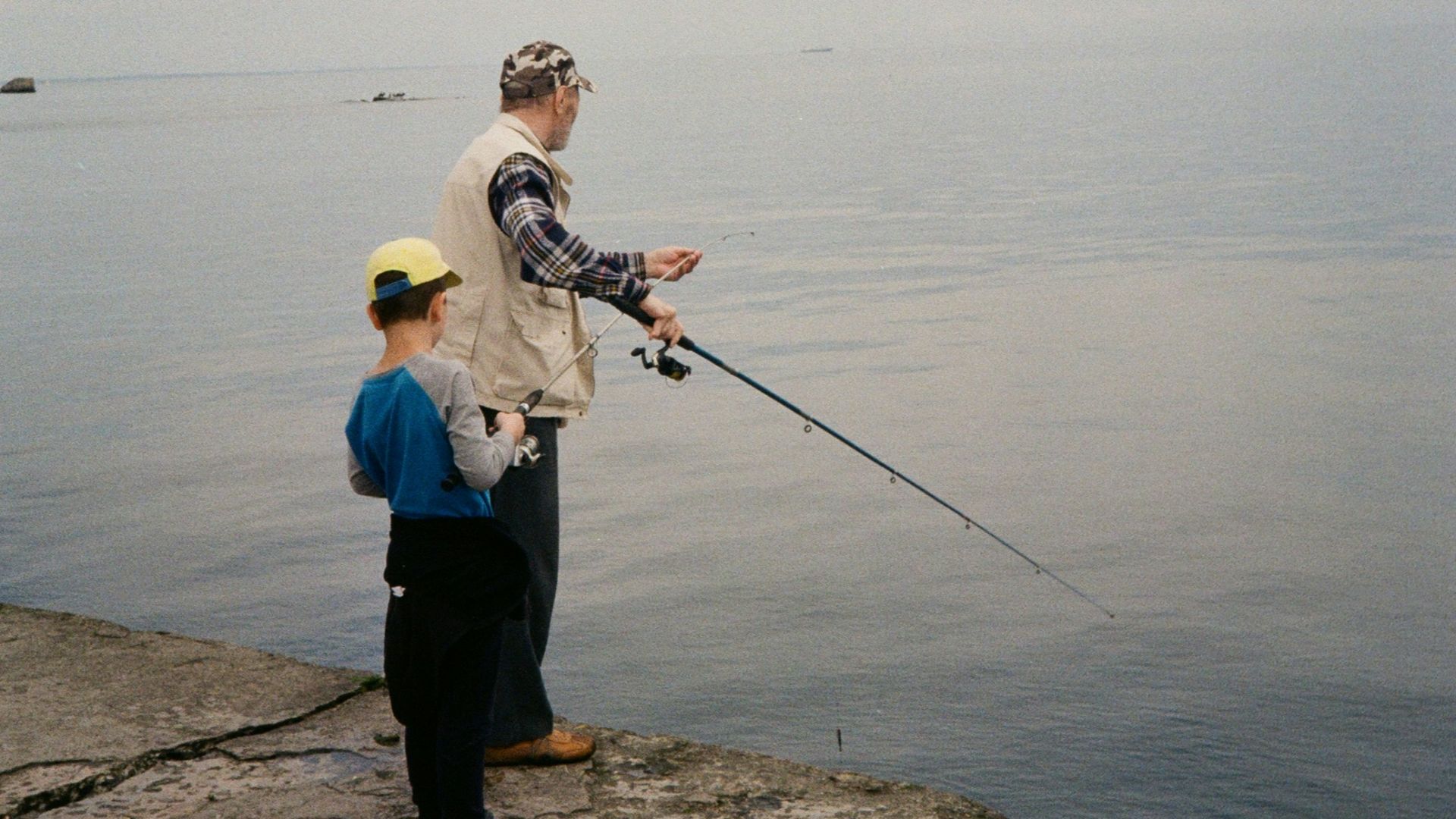 Anastasiya Chervinska, Unsplash
Anastasiya Chervinska, Unsplash
Education On An Isolated Island
Tangier Combined School serves fewer than fifty students, blending small-group learning with online connections to the wider world. Children study math and science, but also learn local traditions from watermen, weaving modern education with heritage unique to their isolated community.
Family Names Echo Through Centuries
Walk through Tangier’s streets and you’ll hear familiar surnames—Crockett, Pruitt, Thomas, Marshall—that have endured for generations. Families intermarry and pass down the names and traditions to preserve a sense of identity that ties the island’s present directly to its colonial past.
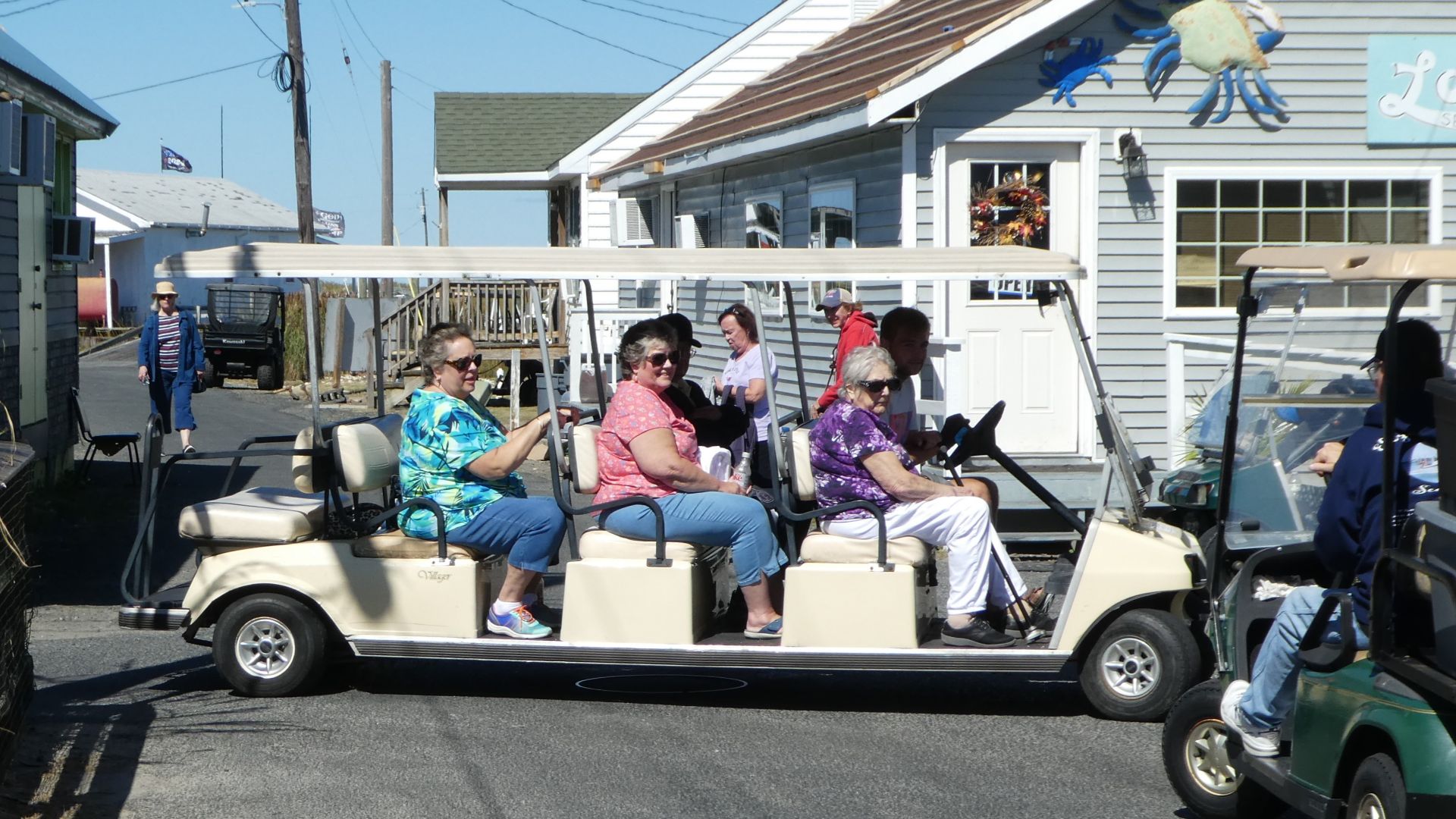 Stabbur's Master, Wikimedia Commons
Stabbur's Master, Wikimedia Commons
Women’s Roles In Tangier
For generations, Tangier women shaped community life through church, leadership, education, and organizing. Younger women now leave for broader careers, but their mothers’s and grandmothers’s influence remains woven into the island’s spiritual and social fabric.
Food Culture And Recipes
Blue crabs and clams define Tangier’s table. Watermen bring in daily catches that become golden crab cakes, clam fritters, and skillet bread, which are shared at community gatherings. Recipes reflect the Chesapeake's bounty, but also preserve cooking traditions passed down through generations of island families.
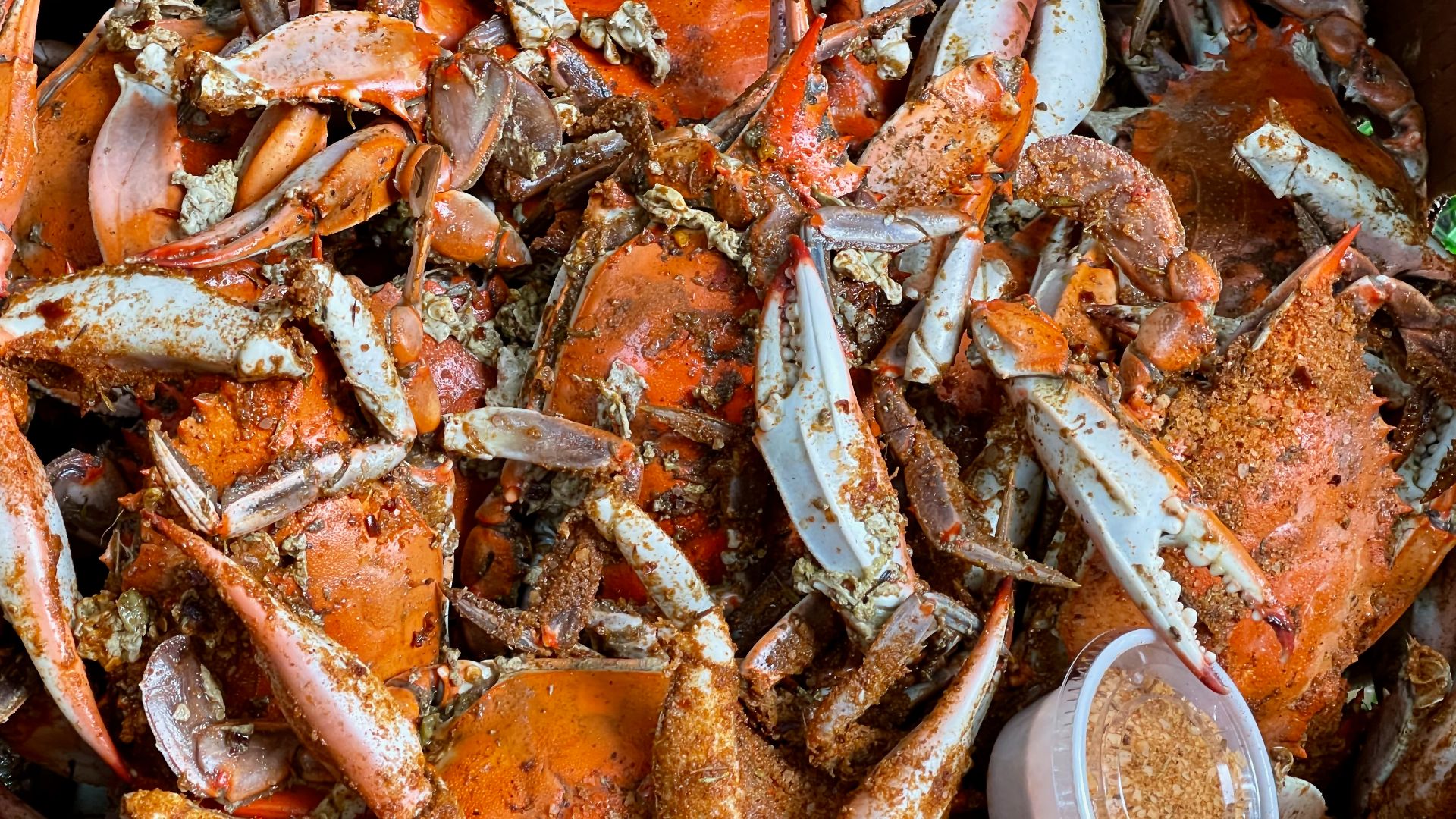 F Delventhal, Wikimedia Commons
F Delventhal, Wikimedia Commons
The Tourism Question
Tourism helps support Tangier without overwhelming it. Guided boat tours and museum visits provide income while preserving heritage. By limiting scale, locals maintain control, ensuring visitors experience culture authentically without eroding the tight-knit community’s traditions and speech.
Crabbing As A Way Of Life
A proud crab painted on the water tower sums up Tangier’s identity. For generations, watermen harvested soft-shell crabs with traditional pots. Today, tighter regulations and shrinking harvests challenge this heritage, yet crabbing still anchors the island’s economy and daily rhythms.
Crab Houses And Community Spaces
Crab houses serve as workplaces and social hubs. Watermen gather here, building friendships while preparing catches for market. Beyond economics, these waterfront shanties strengthen community ties, keeping Tangier’s crabbing culture alive as both an industry and a cornerstone of social life.
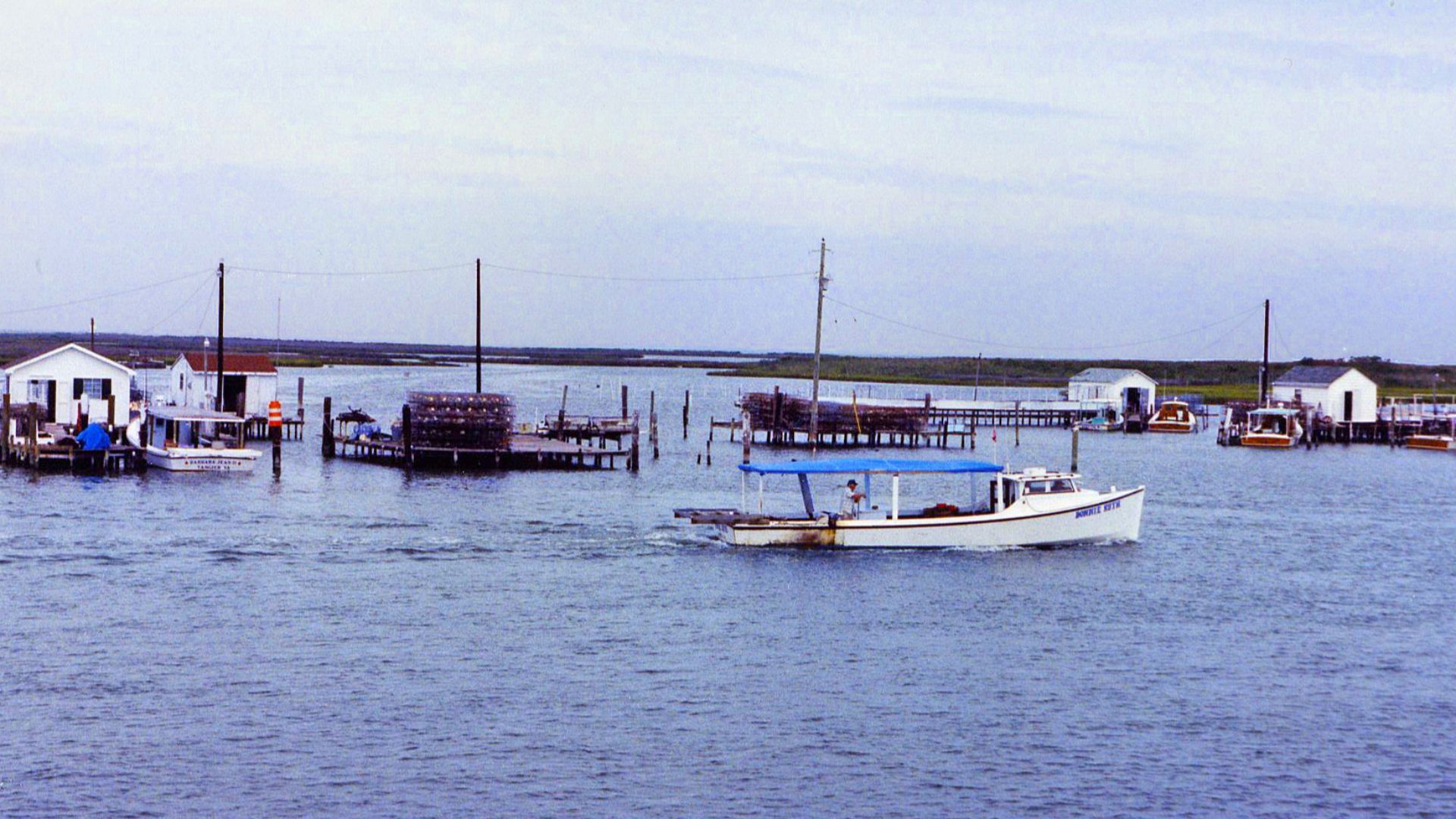 David Broad, Wikimedia Commons
David Broad, Wikimedia Commons
Weather-Worn Houses And Their Stories
Salt winds and heavy storms batter Tangier’s homes, but residents adapt. Raised foundations, clapboard siding, and sturdy gable roofs protect against the elements. Nautical decor and family name signs add personal touches and transform practical shelters into proud symbols of endurance and heritage.
Holding Onto Yesterday’s Ways
Despite the reach of media and tourism, Tangier Islanders fiercely protect their dialect. Words like “s-eh-uh-t” for “set” or nautical terms long abandoned elsewhere endure in daily life to echo voices of ancestors who first shaped the community centuries ago.
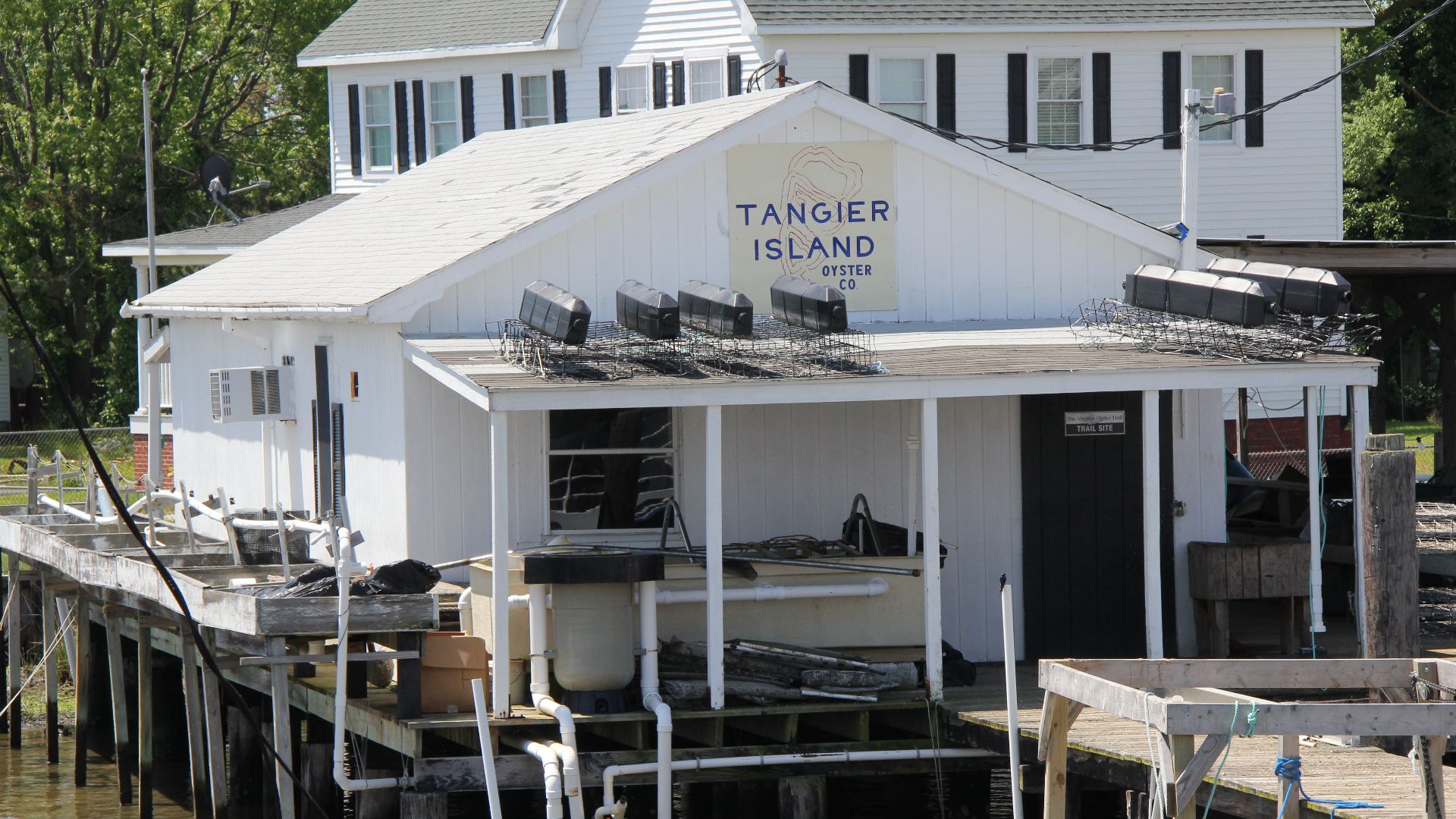 Eli Christman from Richmond, VA, USA, Wikimedia Commons
Eli Christman from Richmond, VA, USA, Wikimedia Commons
The Role Of Seasonal Rhythms
Life on Tangier follows the water’s cycles. Crab and oyster seasons dictate income, and school schedules bend around fishing. Church events here also mark the calendar. These rhythms, tied to both faith and nature, give the island a pace set apart from mainland Virginia.
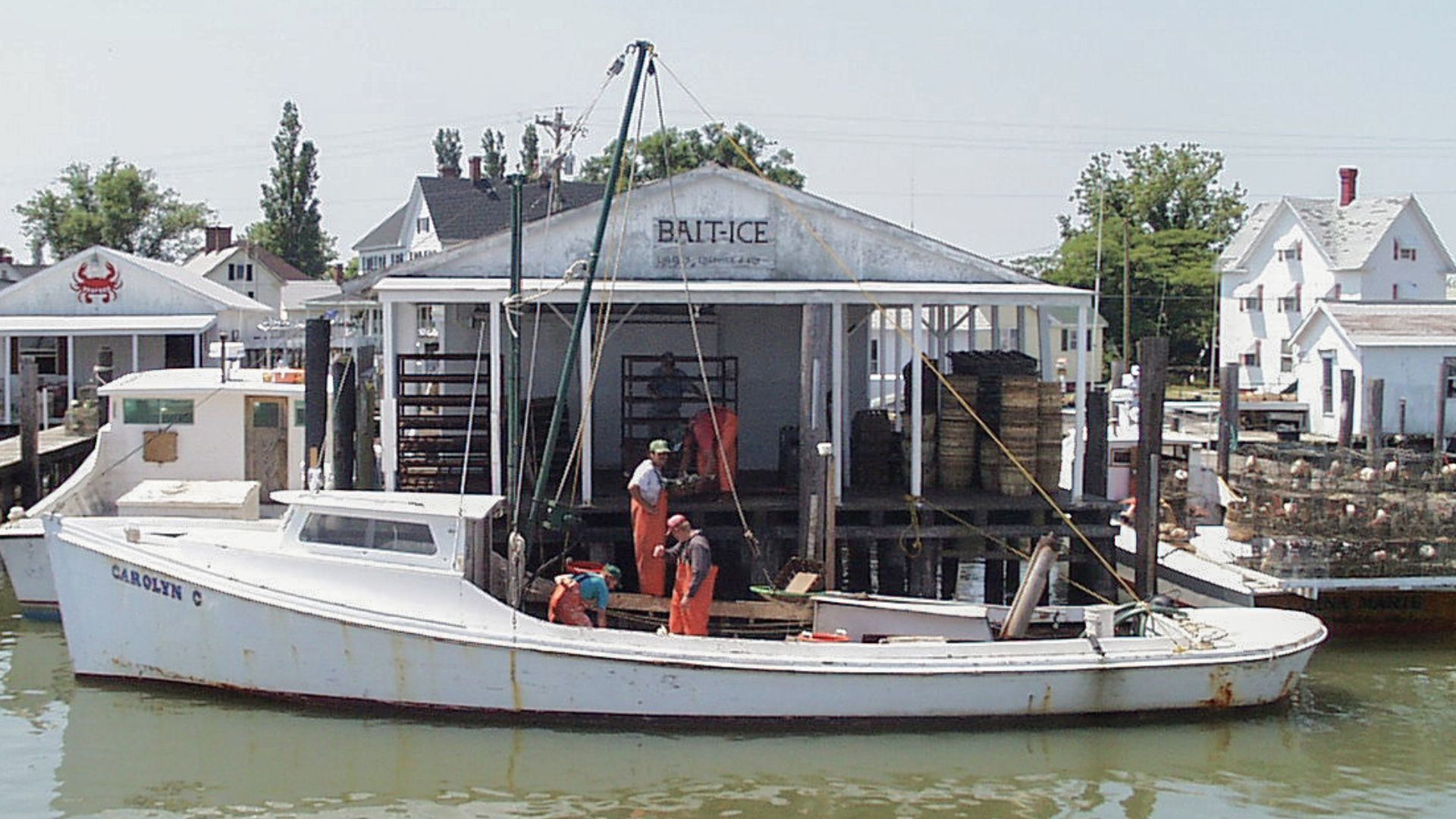 Gordon Leggett, Wikimedia Commons
Gordon Leggett, Wikimedia Commons
The Threat Of Rising Sea Levels
On a sad note, scientists warn that Tangier Island may be uninhabitable within decades. Rising seas and shoreline erosion steadily shrink the land. Despite sea walls and jetties, families face the possibility that their community—and its colonial-era dialect—could vanish entirely by mid-century.
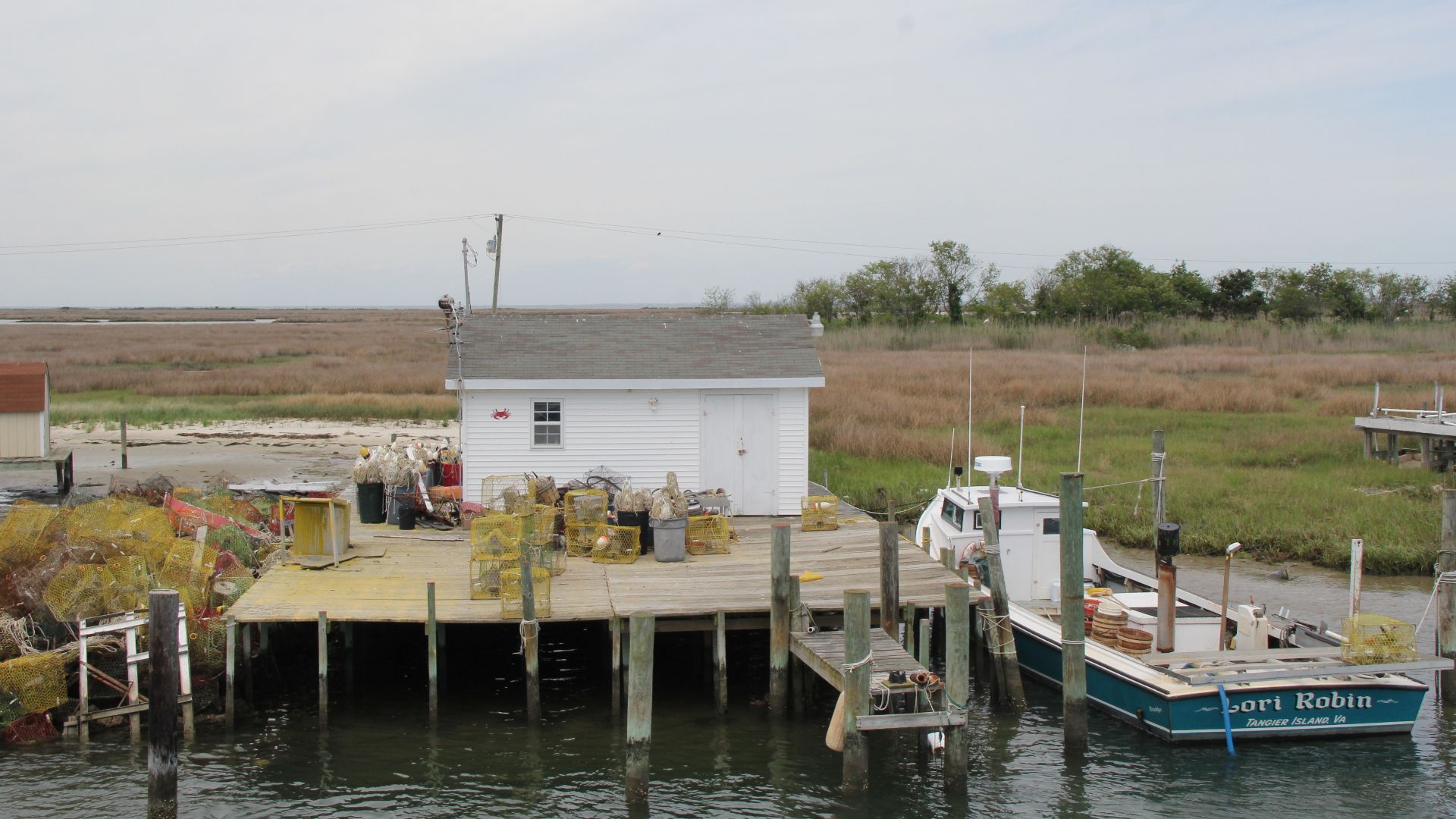 Eli Christman from Richmond, VA, USA, Wikimedia Commons
Eli Christman from Richmond, VA, USA, Wikimedia Commons
The Last Generation?
Every storm and flood drives younger residents to the mainland. As homes disappear and traditions weaken, some fear that the current generation of children may be the island’s last. The challenge isn’t only the survival of the land, but also the survival of language and heritage.
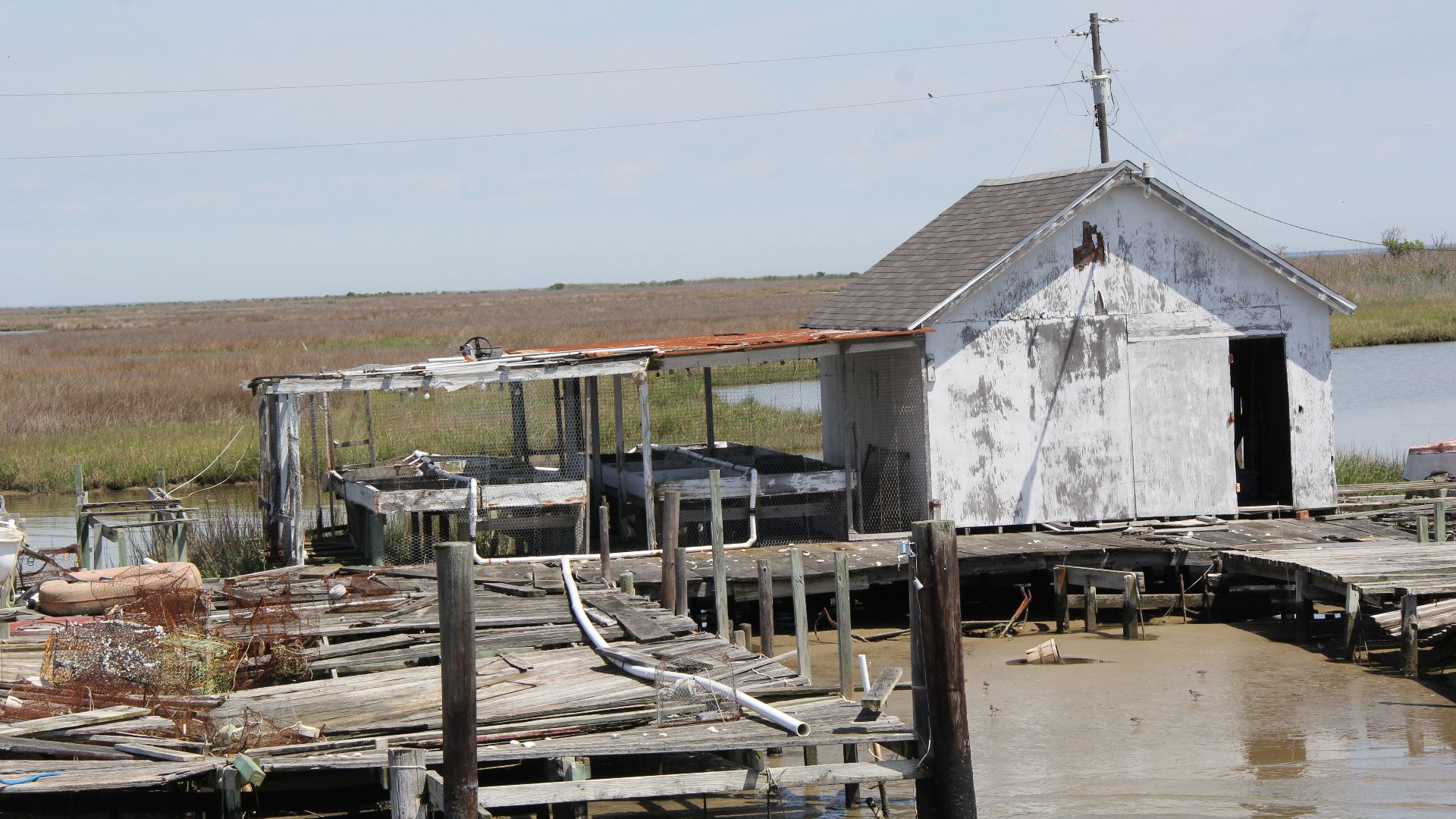 Eli Christman from Richmond, VA, USA, Wikimedia Commons
Eli Christman from Richmond, VA, USA, Wikimedia Commons


